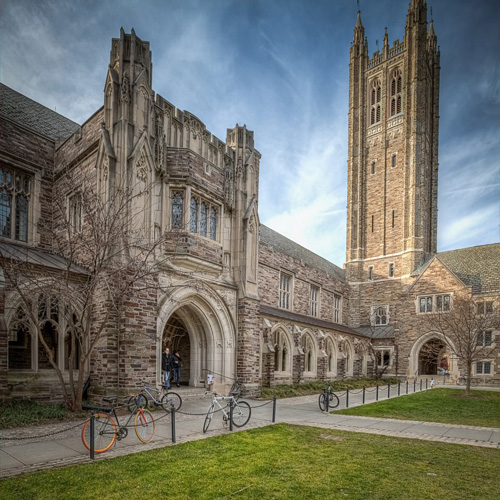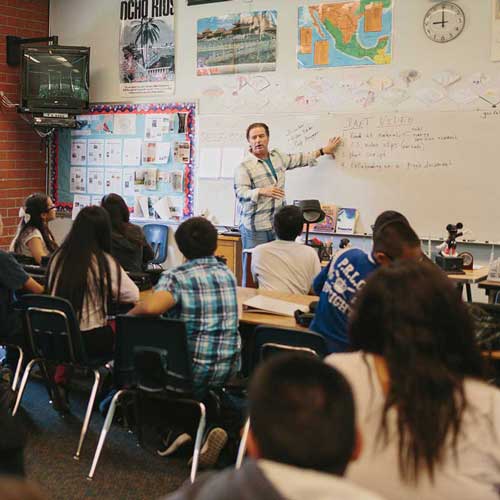DiMaggio, Paul and Eszter Hargittai.
“From the 'Digital Divide' to 'Digital Inequality':
Studying Internet Use as Penetration Increases.” Center for Arts and Cultural
Policy Studies. Princeton University, 1 - 25. 2001.
Dimaggio’s and Hargittai’s piece is an in-depth analysis of technological inequality and scarcity, but also sheds light on the impact of what is considered internet penetration, or a country’s/region’s percentage of the total population that uses the Internet. Despite being quite older in age, I caught myself comparing my own preconceived notions of the digital divide to the advent of this technological inequality. The work itself pushes others, specifically those that have suffered from this technology scarcity in the past, to better understand and research the reasons behind the phenomenon. I see this piece as a window to better understanding what technologic inequality is, especially with regard to the internet versus more physical technologic tools.





